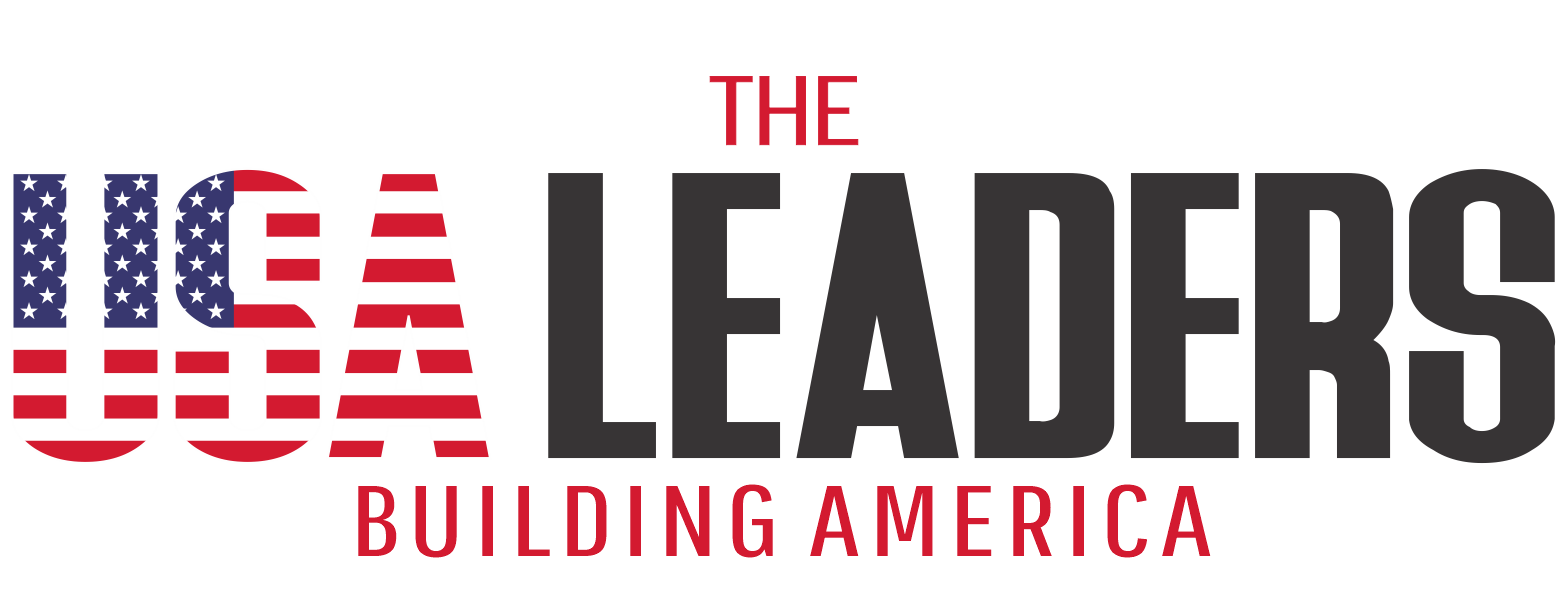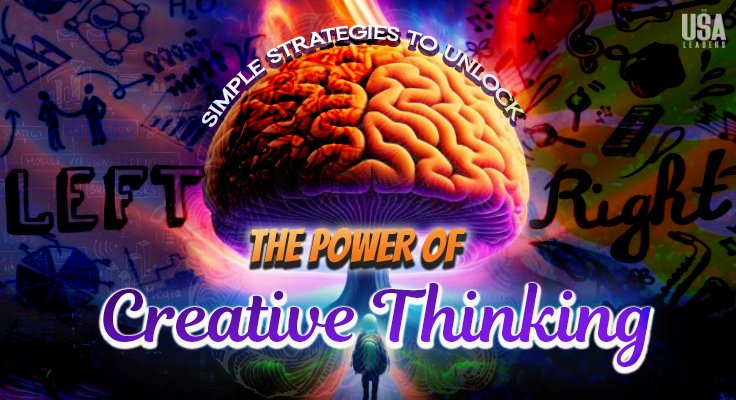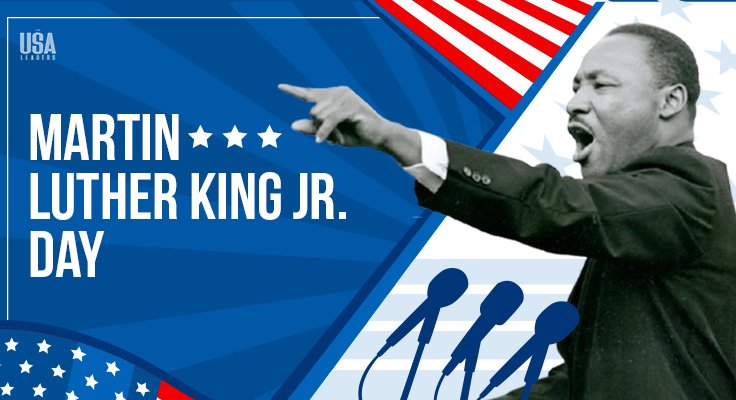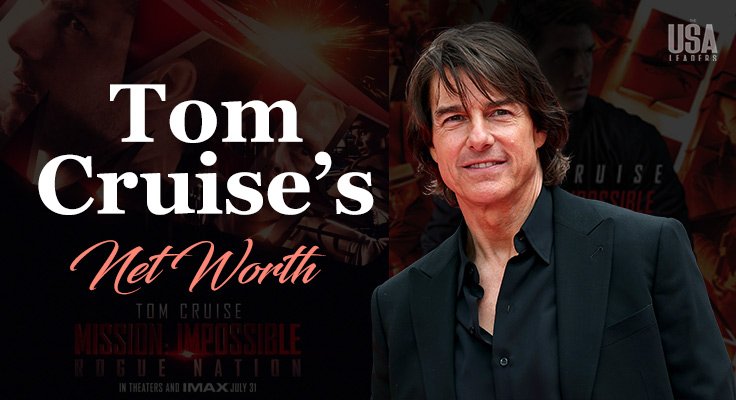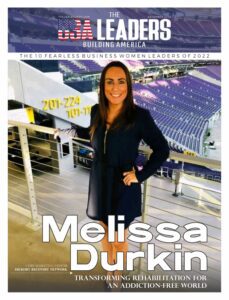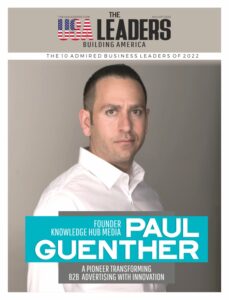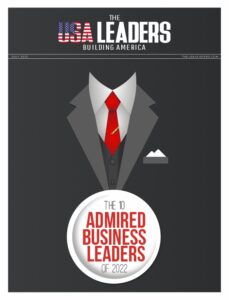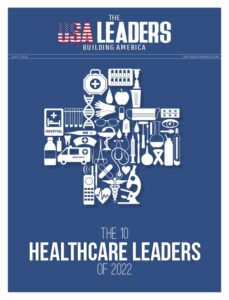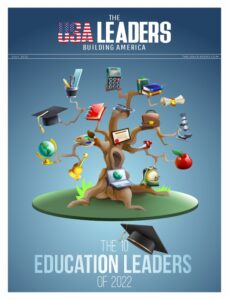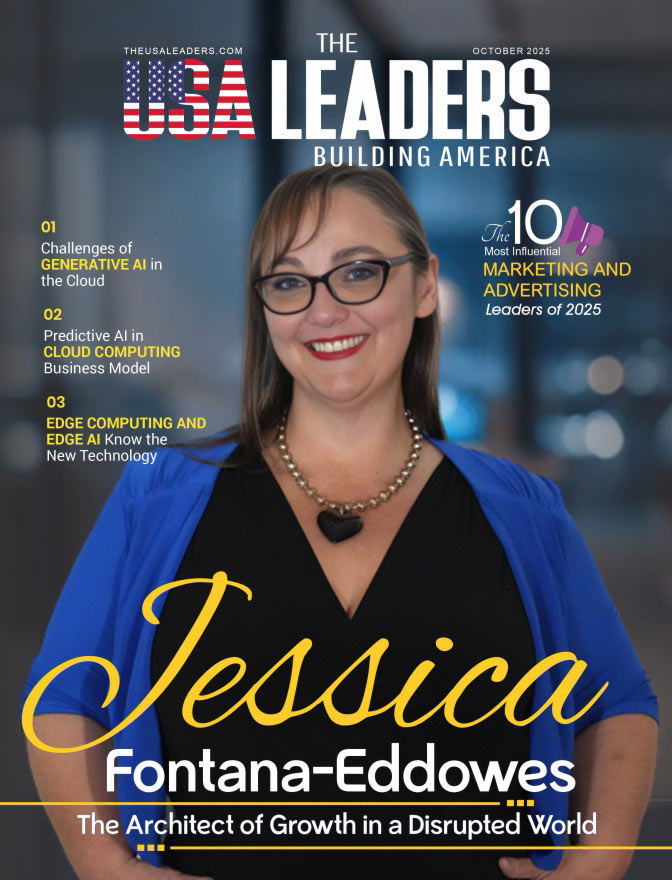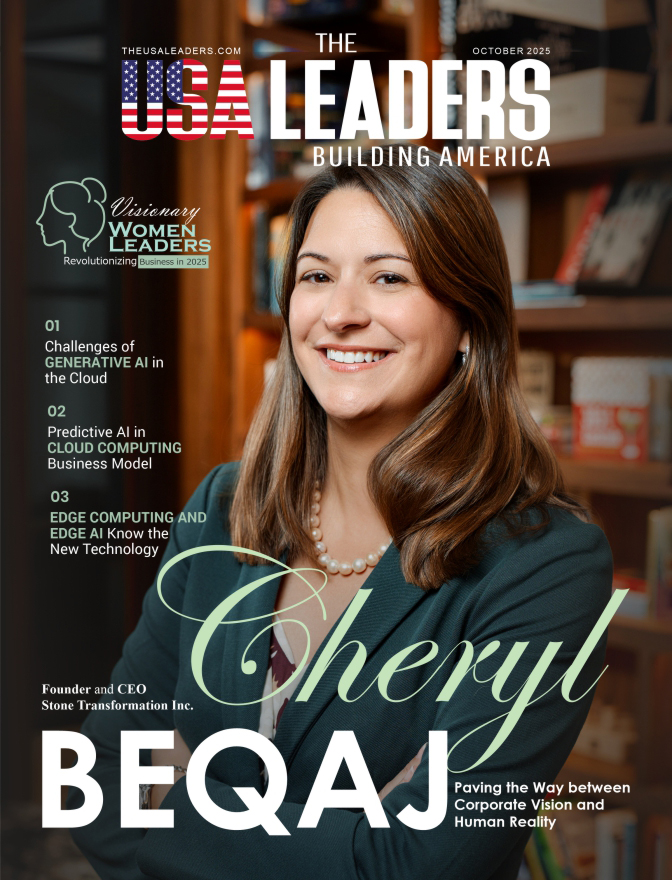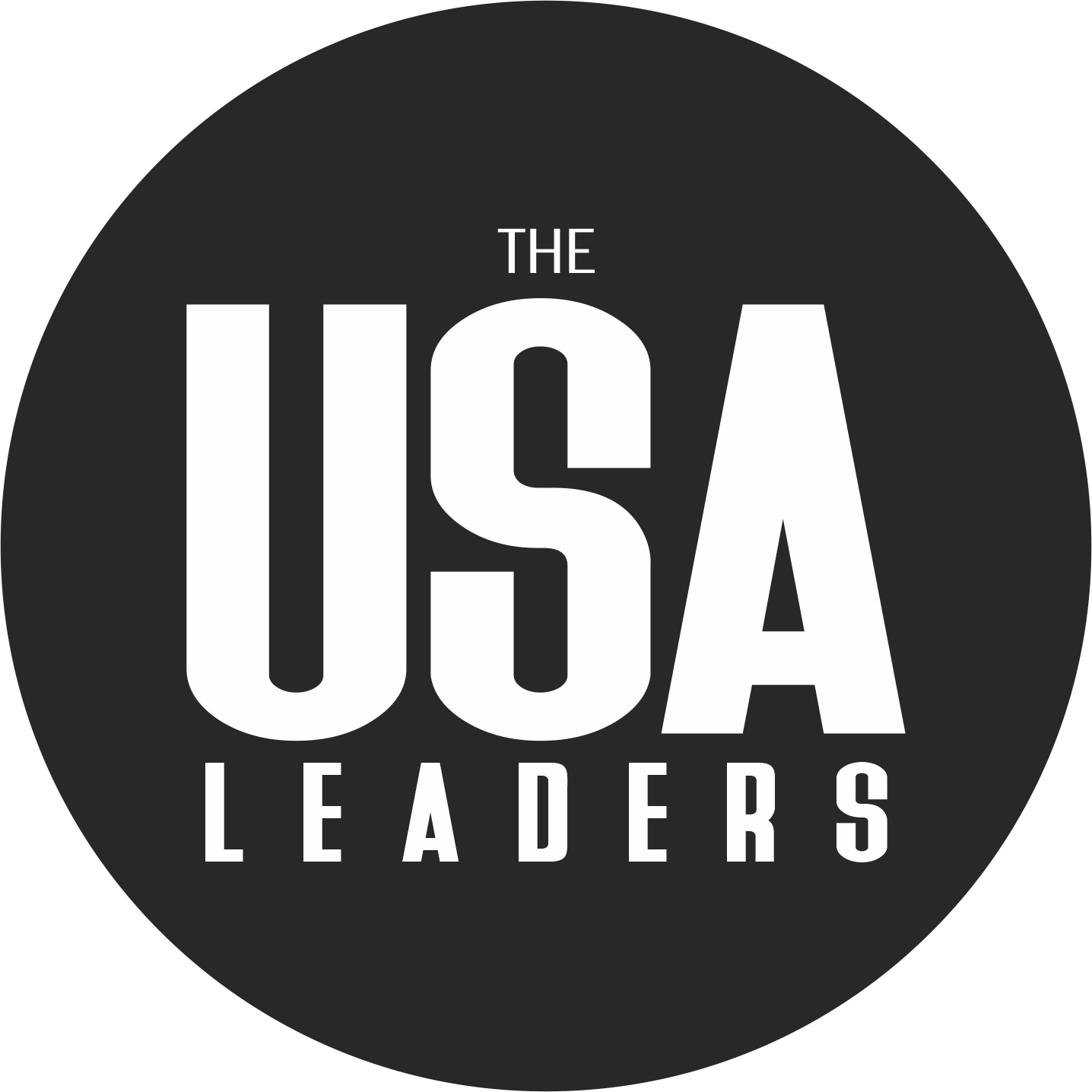Imagine you are a baker known for your cupcake. You’ve created every possible blend of tastes, but your superb cupcake is caught in the taste rut. You consider looking at a cupboard full of ideas, but all you see are ingredients. Well, that’s a creative rut. Don’t worry though you will ignite your passion and soon get on the journey of creative thinking start baking new recipes and get off that creative block.
This blog will share the keys to breaking out of the creative dessert and coming up with new ideas quickly!
What is creative thinking?
The ability to consider something from a new perspective is called creative thinking. It involves using your creativity to come up with unique ideas, creating new connections between seemingly unconnected ideas, and considering a variety of options. Creative thinkers generate a wide range of ideas, test them out, and don’t mind taking chances in the business. They are invaluable assets in any professional situation because of their capacity to create, test, and implement creative solutions.
Why does creative thinking matter today?
The future of work demands creativity. Automation might displace millions of jobs by 2025, but fear not! 97 million new roles will emerge, many requiring creative problem-solving skills. The World Economic Forum (WEF) reports that creative thinking will be a top-in-demand skill for workers by 2027, alongside analytical thinking and expertise in AI and Big Data.
The Myths of Creative Thinking:
Let’s debunk some common myths about creativity:
Myth 1: You are either born creative or not:
It is possible to improve one’s creative abilities with practice.
Myth 2: Creativity requires solitude:
Collaboration and bouncing ideas off others can spark incredible innovation.
Myth 3: Creative thinking only apple to artistic pursuits:
It’s essential in every aspect of life, from cooking to managing finances.
Difference from critical thinking:
Thinking critically and creatively is similar to having two sides of the brain that cooperate! Here is the breakdown:
Creative thinking: The main question in creative thinking is “What if?” It’s playful, letting your mind wander and come up with new ideas.
Fun Fact: Researches indicate that people are more imaginative when they are in the shower because it’s a peaceful situation.
Critical thinking: “Why?” and “How?” are the two fundamental questions in critical thinking. It evaluates data, spots flaws, and confirms that concepts are sound.
Fun Fact: Solving puzzles and playing logic games is a common pastime among critical thinkers. It helps to strengthen their analytical skills.
Understanding creative thinking:
The power of deliberate practice:
In the context of creative thinking, deliberate practice is a methodical way to improve abilities through targeted and disciplined work. It involves setting up specific goals, getting feedback, evaluating one’s work, and continuously improving one’s skills. Cognitive psychology research gives validity to the idea that intentional action can greatly improve one’s capacity for creative thinking.
Renowned psychologist Anders Ericsson has studied purposeful practice and its effect on skill development in great detail. Articles like “The Making of an Expert” from Harvard Business Review allow you to learn more about his work.
Real-life Benefits of creative thinking:
Creative thinking isn’t just about finger painting and writing poetry. It’s a powerful skill that can revolutionize business and everyday life. Here’s how:
Innovation: Sticky Situation Solved:
Imagine having to deal with insufficient glue while working in a lab. Creative thinking led to the invention of Post-it Notes, a billion-dollar industry born from a happy incident.
Problem-Solving: The Wright Stuff:
The Wright brothers weren’t the only ones relying on to fly, but their creative approach to the wing design and controls made them the first to take to the skies.
Competitive Advantage: Netflix’s Big Bet:
Netflix’s mail-order DVD rental plan was criticized by Blockbuster. Thanks to its innovative approach to streaming services and movie delivery, Netflix is currently the industry leader.
Methods to encourage creative thinking:
Innovation:
Firstly, Google, a pioneer in innovation, employs various techniques to encourage creative thinking within its teams. One of these techniques is the 20% time policy, which allows employees to dedicate 20% of their workweek to pursue personal projects outside their regular duties as a result, this freedom to explore passions has led to groundbreaking innovations like Gmail and Google Maps.
Brainstorming with diverse perspectives:
Apple, which is well known for its elegant designs and approachable products, creates an environment that values innovation. Apple employees must work together, even though specifics are kept under cover.
Teams made up of professionals in user experience, engineering, marketing, and design generate and develop concepts. This variety of viewpoints guarantees a well-rounded approach, resulting in goods that are not only creative but also firmly functional and easy to use.
Collaboration and Open Communication:
Walt Disney may not have specifically described a “technique” in the sense that today’s innovative frameworks do, but he did promote a creative thinking culture that still serves as an inspiration to modern inventors.
Above all, Disney rejected the idea of a single model. Rather he created an atmosphere of cooperation where story writers, engineers, musicians, and animators worked side by side. This open dialogue and idea-sharing promoted new possibilities and made sure the finished result was well-rounded.
Implementing creative thinking in your business: AMAZON
Leadership:
To top it all, Jeff Bezos, founder and former CEO of Amazon, is known for his customer-centric approach and long-term thinking. Moreover, he focused on building a company culture that prioritizes innovation and efficiency. Additionally, Bezos’ leadership style includes high standards, and a willingness to take risks and learn from failures.
Training and Development Programs:
- Amazon Leadership Principles: Amazon has 16 leadership principles that are deeply ingrained in the company culture. These principles guide employees in their decision-making and interactions.
- Career Choice Program: This program pre-pays 95% of tuition for courses in high-demand fields, even if the skills aren’t relevant to a career at Amazon.
- Upskilling 2025: A $700 million investment to provide training to 100,000 employees, focusing on areas such as healthcare, machine learning, manufacturing, robotics, and computer science.
Incorporating Tools and Technology:
Finally, Amazon uses a “working backward” document where they start by defining the ideal customer experience, and then work backward to figure out the features and functionalities needed to achieve that experience. Moreover, this approach aligns with the “goal-setting theory,” which suggests that setting specific, measurable goals can improve motivation and performance.
Secondly, Amazon is well-known for its extensive A/B testing, where they compare different versions of website features or marketing campaigns to see which one performs better. This practice aligns with the scientific method, relying on experimentation and data analysis to inform decisions.
Lastly, Amazon leadership emphasizes “single-threaded leadership,” where teams focus on one project at a time to maximize their efforts. By doing so, this practice acknowledges the limitations of human attention, allowing for focused leadership on a single initiative.
Case Study:
The Wright Brothers: Overcoming Difficulties with Creative Resilience
The Wright Brothers’ journey to achieving powered flight is a testament to overcoming obstacles and harnessing creativity.
Obstacles Faced by the Wright Brothers:
- Aeronautics was a fledgling field in their time. There was a lack of established theories and data on flight. They had limited scientific knowledge.
- Many prominent scientists and engineers ridiculed their ideas, considering heavier-than-air flight impossible. They had a community that was dismissive
- Developing a lightweight engine powerful enough for flight and designing effective control surfaces were some technical challenges.
How They Overcame Resistance:
- The Wright Brothers indulged in self-education and didn’t let their lack of formal education hold them back. They devoured existing aeronautical literature and conducted countless experiments to gather their data.
- Despite facing defeats, they persisted with incredible determination. They did not waver in their conviction. Their dedication fueled their relentless pursuit of flight.
- They focused on solving smaller problems one at a time. This iterative approach allowed them to refine their design and overcome technical challenges.
Connection to Feasible Creativity:
The Wright Brothers’ story highlights the importance of these aspects for generating successful creative ideas:
At this moment, gaining a basic understanding of the field you’re working in is crucial for identifying problems and potential solutions. Secondly, creative ventures often face skepticism and challenges. Moreover, persistence and a “never give up” attitude are essential. Lastly, test your ideas early and often. Gather feedback and iterate on your designs to ensure they are practical and address a real need.
Impact:
The Wright Brothers’ innovative thinking allowed them to fly to prosperity. Many scientists ridiculed the concept of heavier-than-air flight back then. However, the Wright Brothers’ inventiveness led to the development of novel control techniques like wing warping, which made powered flight possible.
Fun Fact:
Their inspiration for wing warping? They observed birds twisting their wings for control, showcasing their keen eye for everyday solutions!
This creative spirit not only made them the first to achieve powered flight but also laid the groundwork for modern aviation.
● Challenges and Solutions:
Challenge 1: Confirmation Bias
From a psychological perspective, humans tend to favor information that confirms existing beliefs, hindering the exploration of new ideas.
On the scientific front, studies show that exposure to diverse perspectives can enhance creativity.
As a solution, actively seek out contrasting viewpoints, collaborate with diverse teams, and challenge your assumptions.
Challenge 2: Fixed Mindset vs Growth Mindset
From a psychological perspective, a fixed mindset believes intelligence is static, leading to fear of failure and hindering the exploration of challenging ideas.
On the scientific front, research suggests a growth mindset, believing skills can be developed, fosters creativity and risk-taking.
As a solution, embrace setbacks as learning opportunities. Celebrate “failing forward” and encourage experimentation.
Example: A team working on a new education app might encounter technical difficulties. With a growth mindset, they can view this as a chance to learn new skills and find creative solutions, instead of giving up.
● Science-Backed Tips for Feasible and Modern Creative Ideas:
Embrace Constraints:
Focus: Research suggests limitations can enhance creativity by forcing you to think outside the box and find resourceful solutions.
Example: A study published in the Journal of Personality and Social Psychology found that participants given limited resources came up with more creative uses for objects than those with more options.
Subsequently, conduct market research. By understanding demand, researching your target audience and the existing marketplace helps ensure your creative solution addresses a real need and has potential customers.
Cultivate open-mindedness:
Embrace new information by staying informed about current trends and technological advancements. This broadens your creative perspective and helps you generate ideas relevant to the modern world.
Example: A study in the Personality and Social Psychology Bulletin suggests that openness to new experiences is positively correlated with creative problem-solving.
By using these evidence-based techniques, you can increase your chances of generating creative ideas that are not only innovative but also feasible and impactful in today’s ever-evolving world.
End note:
The world craves fresh ideas! Don’t let your creative spark dim. This blog has equipped you with the knowledge and tools to foster creative thinking in yourself and your team. Now it’s your turn to take action. Note that creativity is like a muscle; it becomes stronger with use. So, flex those creative muscles and get ready to innovate!
Finally, we hope that we discussed the challenges that hinder your creativity and offered solutions to overcome them. Don’t be scared to accept new ideas and think creatively. The world awaits your unique spark!
